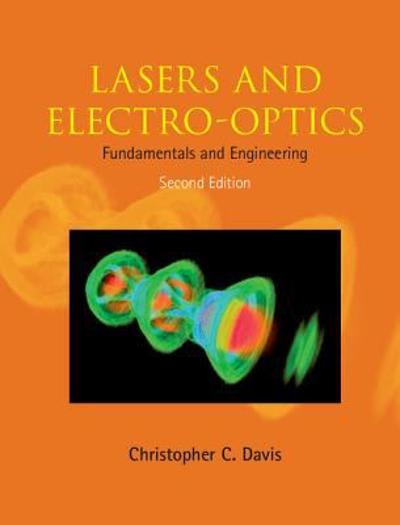Question
Unit 15: Question 111: define empathetical, analogical and analytical reason, describe their role in science, and give examples of each. Question 112: discuss the concept
Unit 15:
Question 111: define empathetical, analogical and analytical reason, describe their role in science, and give examples of each.
Question 112: discuss the concept of a thought experiment, and describe a number of thought experiments that have been used in both science and philosophy.
Question 123: discuss the contributions of science, as described in Chapter7 ofWhat Science Is.
Question 124: carry out rough order of magnitude estimates and dimensional analyses.
Question 125: apply the material you have learned in this course to the analysis of historical examples, and also to your own scientific studies.
Question 126: Give example, other than any of those cited in Discussion15.1, of the use of empathetical, analogical and analytical reasoning in science.
Question 127: Make a list of the pros and cons for each of the plum pudding and miniature solar system models of the atom.
Question 128: Based on your readings inWhat Science Isand thisStudy Guide, develop a short essay explaining why empathy and analogy cannot provide a conclusive argument in support of a scientific idea or hypothesis.
Question 129: Develop a short essay comparing the quotes from Paul Dirac, "[I]t is more important to have beauty in one's equations than to have them fit experiment" and Henri Poincar, "[W]e almost always notice that this false idea, had it been true, would have gratified our natural feeling for mathematical elegance."[328]
Question 130: What are the three things that thought experiments are based on, as described in Discussion15.2?
Question 131: How would you suggest resolving the Achilles and arrow paradoxes? Note that simply pointing out that Achillesdoescatch the tortoise, and that the arrowdoesmove, are not sufficient.
Question 132: What are three dangers that can invalidate the conclusions of a thought experiment?
Question 133: The Zeroth Law of Thermodynamics states that if two systems are in thermal equilibrium with a third system, then they are in thermal equilibrium with each other. (This assumption is the basis of the thermometerit asserts that if two systems are at the same temperature they will be in thermal equilibrium.) Construct a thought experiment to show that violation of this law would allow construction of a machine that could extract heat energy from three systems at the same temperature.
Question 134: Make the appropriate assumptions to compute order of magnitude estimates for the following quantities:
the number of atoms in one mole of any substance (i.e., one "gram molecular weight"a weight of a substance in grams which is equal to its molecular weight), given that the weight of one hydrogen atom is about1.610241.61024grams. This value is known as Avogadro's number. Originally, experimental measurements of this number were used to estimate the mass of a hydrogen atom.
the number of dentists in Canada.
Hint:How much time per year do you estimate that you spend at the dentist's? Assume that this is typical for everybody in Canada. The population of Canada is about 30,000,000, so you can then figure the total time spent in visits to dentists. Then assume that all dentists are busy 6 hours per day, 5 days per week, 48 weeks per year.
the amount of leather worn off of the bottom of one of your shoes in a single step.
the number of grains of sand on a beach.
Hint:You will need to estimate the length and width of the beach, and the depth of sand on it, as well as the size of a grain of sand.
the weight of Canada.
Question 135: What information would you need to devise a thought experiment to estimate the number of people living on an island who have an infectious disease (Disease X)? Consider infectivity, fatality, transmission, and treatment.
Question 136: An object moving through a fluid experiences a viscous drag force that, at low velocities, is proportional to the object's velocity. Consider a sphere of radiusRRmoving with a small velocityvvthrough a fluid of viscosityand densitydd. Assuming that the forceFFis proportional to velocity, and depends onRR,anddd, determine an expression forFFusing dimensional analysis.
Step by Step Solution
There are 3 Steps involved in it
Step: 1

Get Instant Access to Expert-Tailored Solutions
See step-by-step solutions with expert insights and AI powered tools for academic success
Step: 2

Step: 3

Ace Your Homework with AI
Get the answers you need in no time with our AI-driven, step-by-step assistance
Get Started


